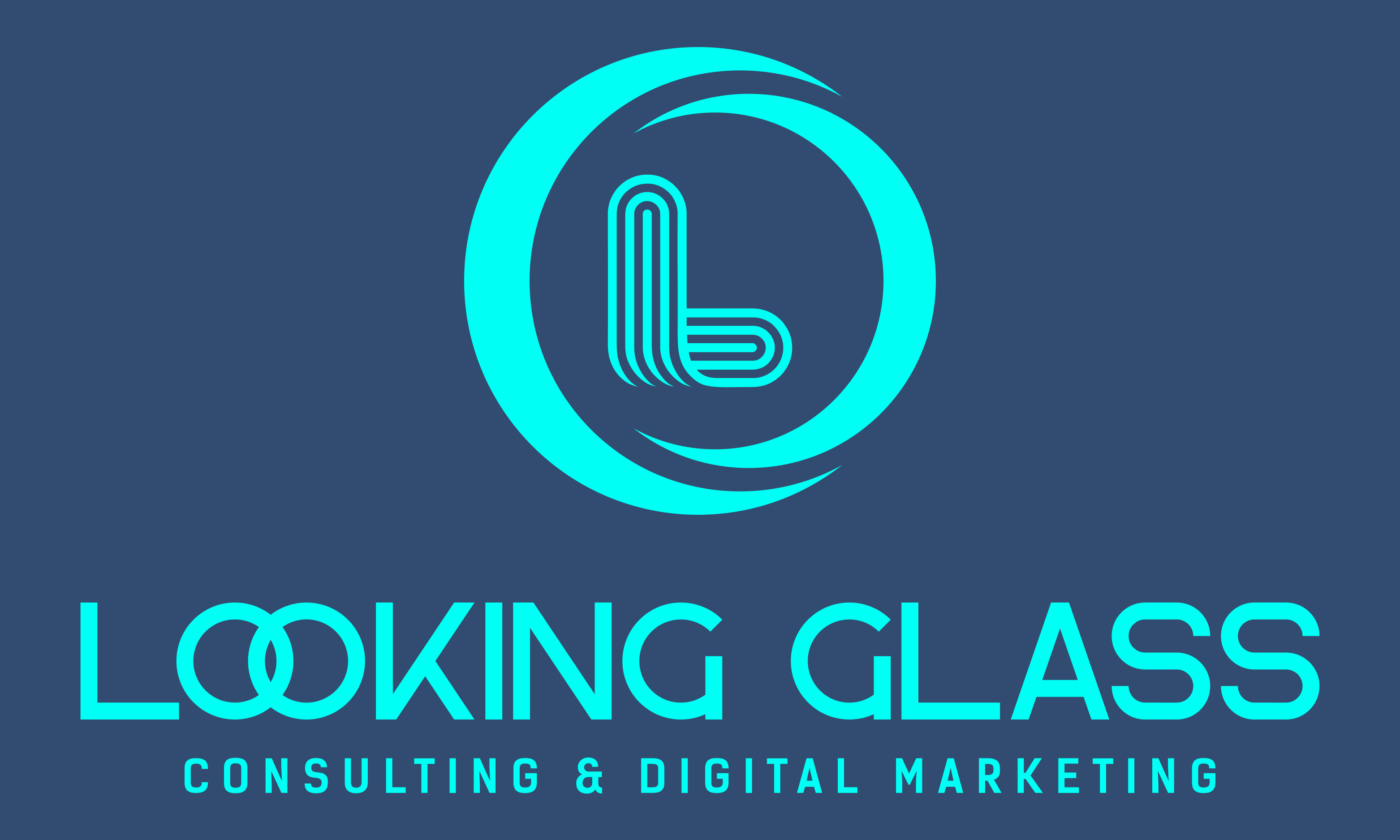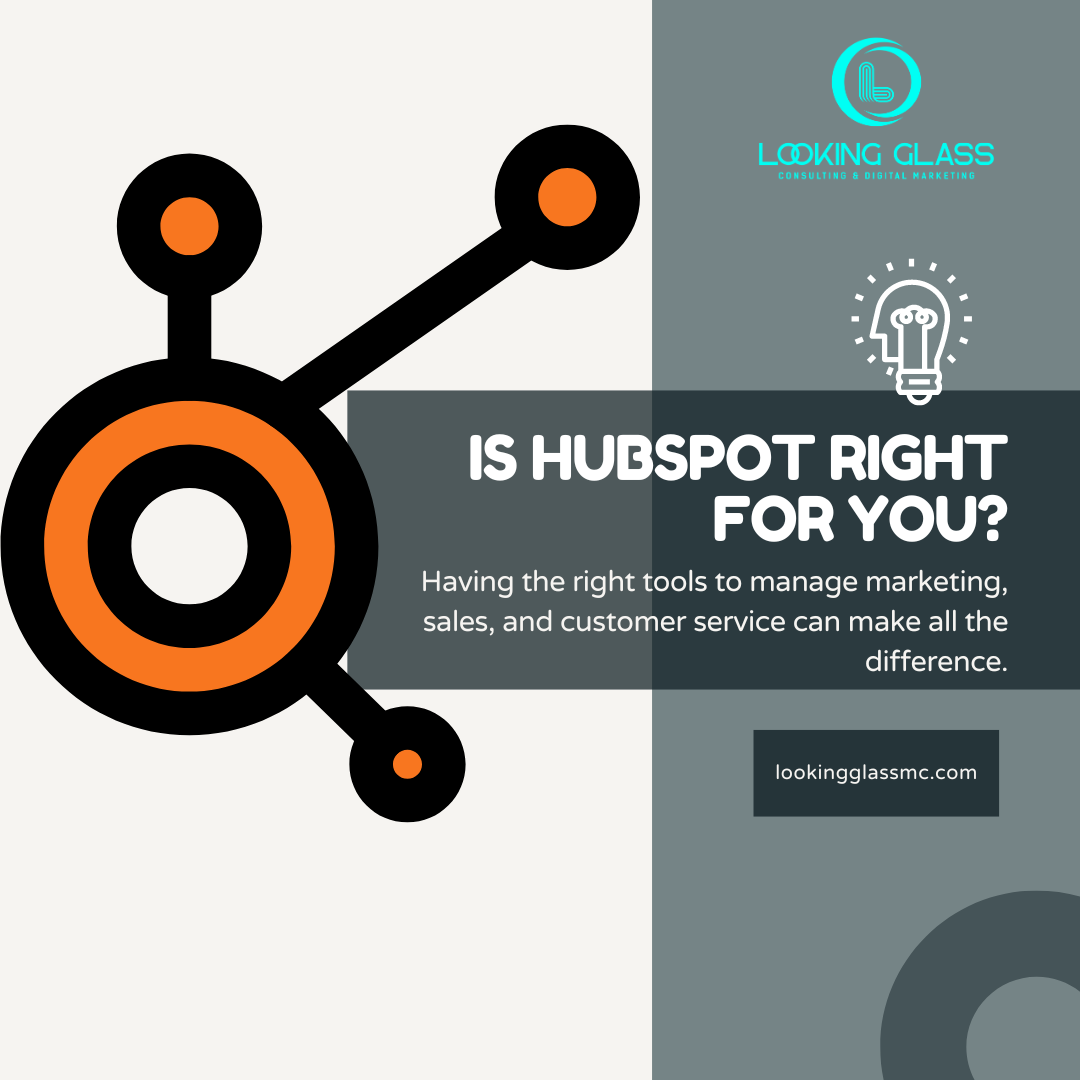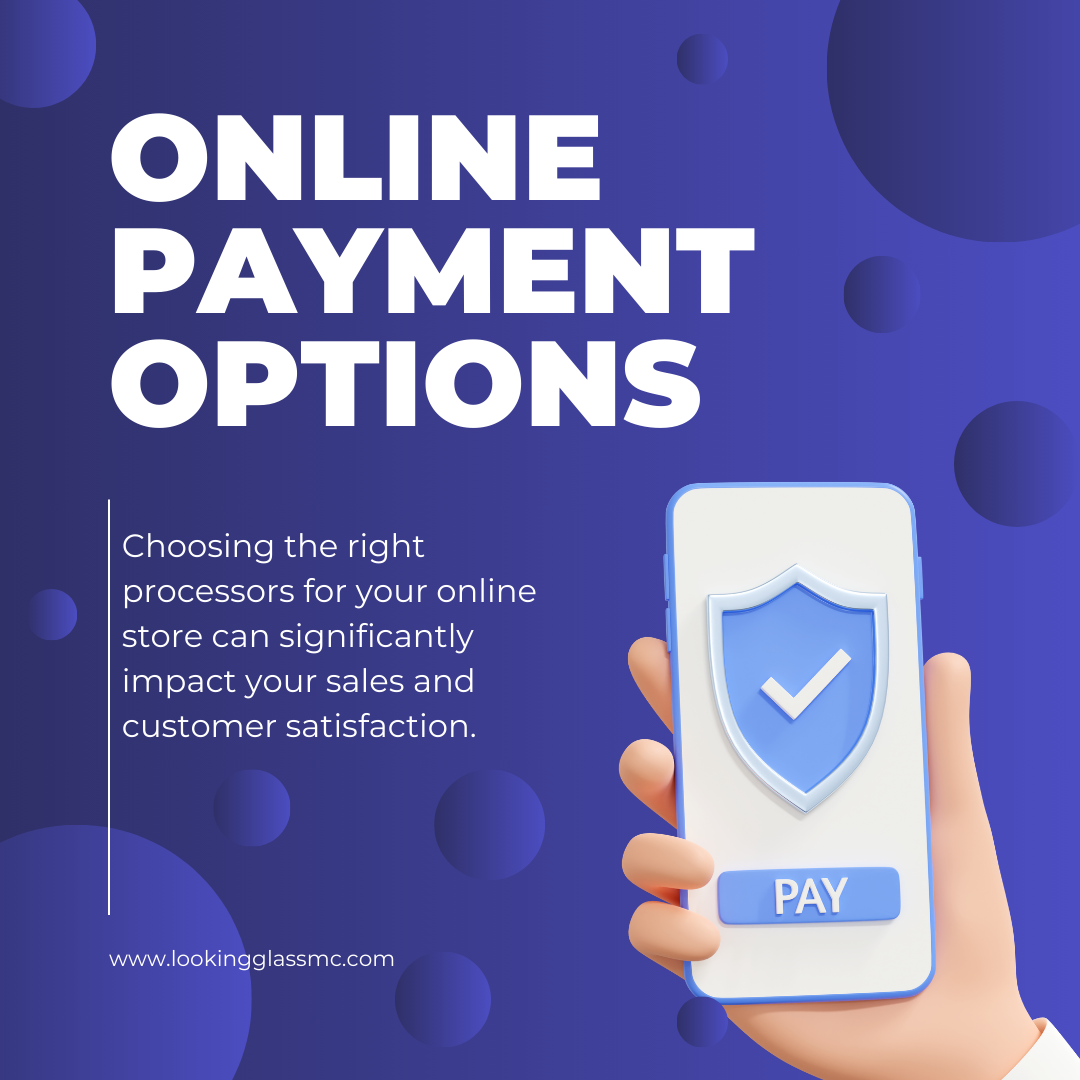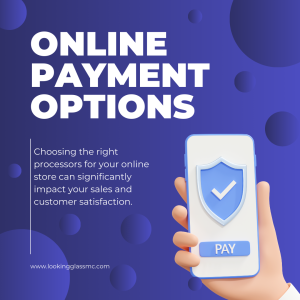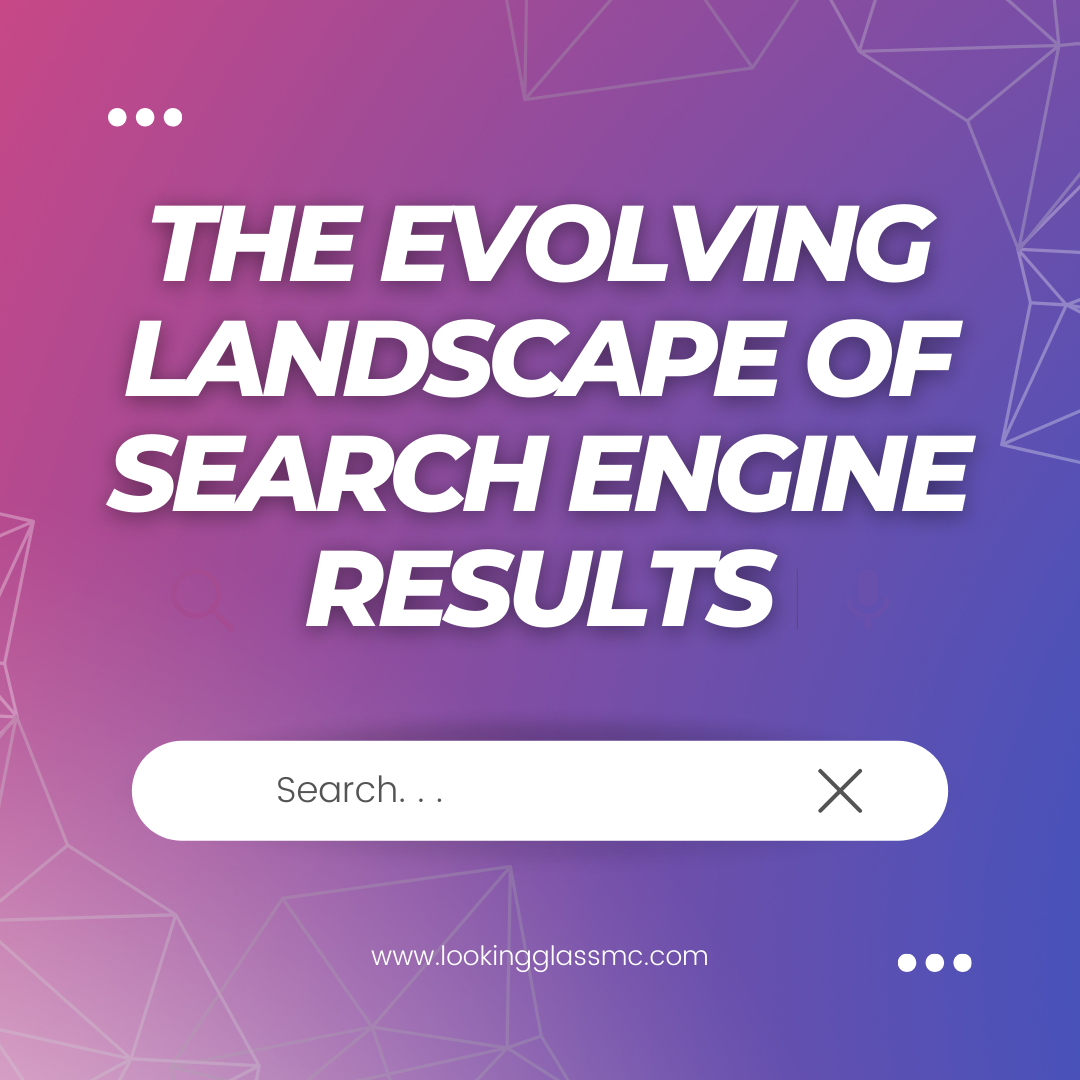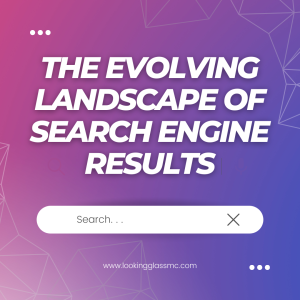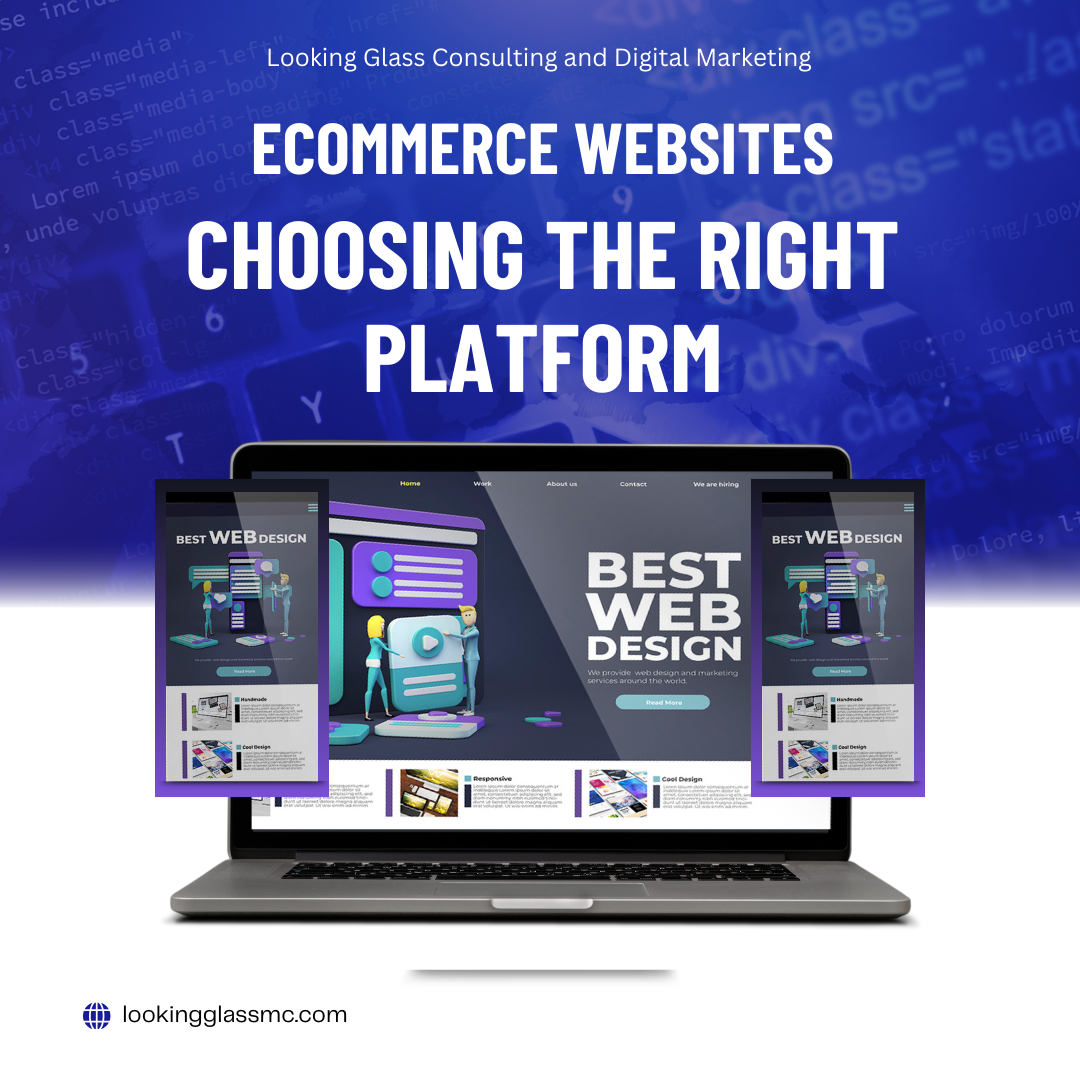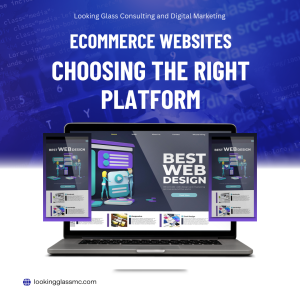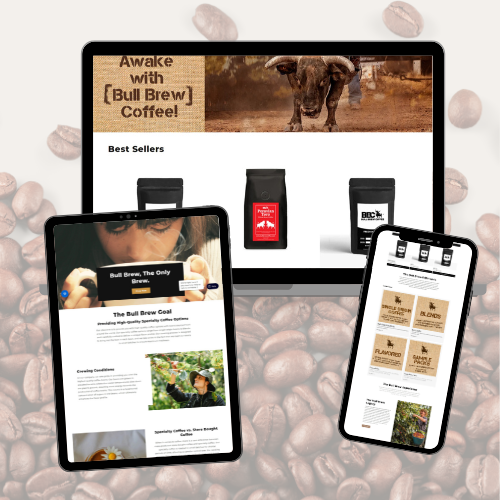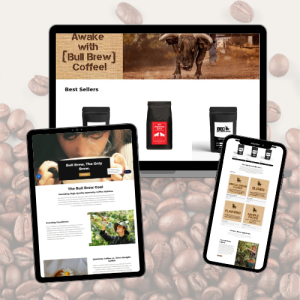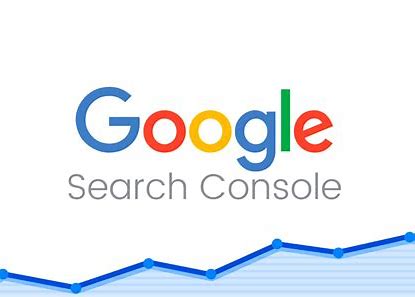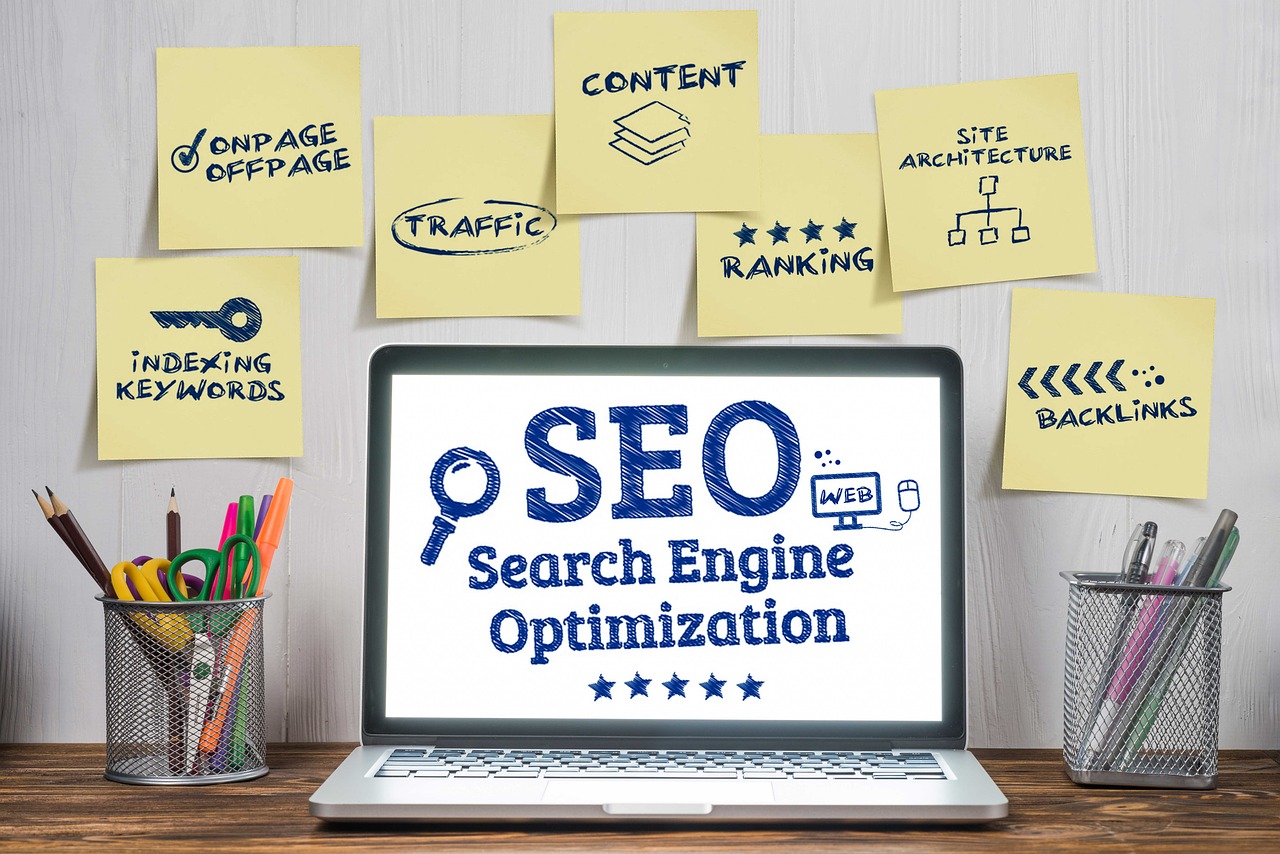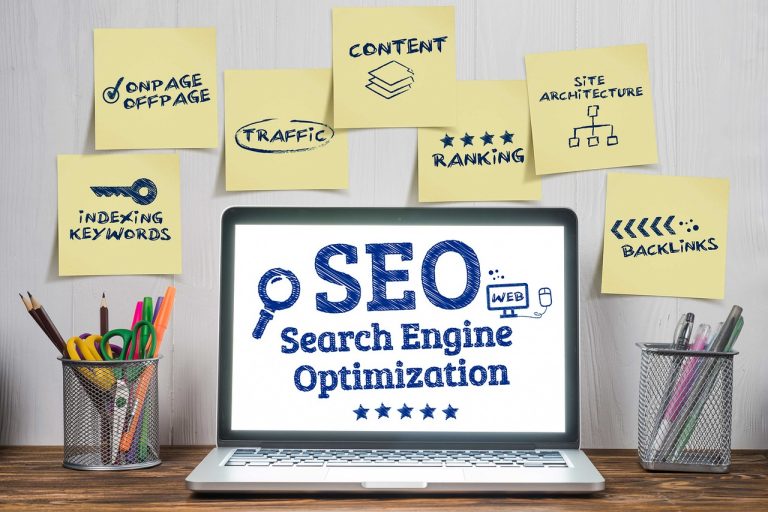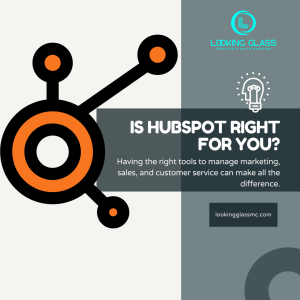
Is Hubspot Right For You?
In the competitive landscape of small businesses, having the right tools to manage marketing, sales, and customer service can make all the difference. HubSpot, a comprehensive inbound marketing and sales platform, is often touted as a go-to solution for businesses looking to streamline their operations and improve customer engagement. But is HubSpot the right fit for your small business? This blog will delve into the pros and cons of using HubSpot, helping you determine whether it’s the best choice for your needs.
Pros of HubSpot
Comprehensive Toolset: HubSpot offers an all-in-one platform that includes tools for marketing, sales, customer service, and CRM. This integration allows for seamless management of all customer interactions and data from one central location.
User-Friendly Interface: One of HubSpot’s most notable features is its intuitive, user-friendly interface. Even those with limited technical expertise can quickly learn to navigate and utilize the platform’s various tools.
Excellent Customer Support: HubSpot provides robust customer support, including an extensive knowledge base, community forums, and dedicated support teams. Their customer service is known for being responsive and helpful, ensuring users can get the assistance they need promptly.
Scalability: HubSpot is designed to grow with your business. Whether you’re a small startup or an expanding enterprise, the platform offers scalable solutions that can accommodate your evolving needs.
Integration Capabilities: HubSpot integrates with a wide array of third-party applications and tools, making it easier to synchronize your existing software and systems with the platform.
Cons of HubSpot: Cost: While HubSpot offers a free version with limited features, the full range of its capabilities comes at a cost. For small businesses with tight budgets, the pricing for higher-tier plans can be a significant investment.
Complexity for Small Teams: Despite its user-friendly interface, the extensive features and functionalities of HubSpot can be overwhelming for small teams. It may require a dedicated person or team to manage and fully utilize the platform’s capabilities.
Learning Curve: Although HubSpot is designed to be intuitive, there is still a learning curve involved, especially for those new to inbound marketing concepts. Time and resources may be needed to train staff and integrate the platform into daily operations.
Features Highlight
CRM: HubSpot’s CRM is free and provides a robust solution for managing contacts, tracking deals, and automating sales processes. It’s an excellent tool for organizing customer data and improving sales team efficiency.
Marketing Automation: HubSpot’s marketing automation tools allow businesses to create and execute targeted campaigns, manage email marketing, and track the performance of marketing efforts. These tools help streamline marketing processes and enhance customer engagement.
Analytics: HubSpot’s analytics tools provide in-depth insights into your marketing and sales performance. With comprehensive reporting and data visualization, businesses can make informed decisions and optimize their strategies for better results.
Real-World Examples
Case Study 1: Small Retail Business: A small retail business used HubSpot to streamline its marketing efforts and saw a 30% increase in email open rates and a 20% boost in online sales. By utilizing HubSpot’s CRM and marketing automation tools, they were able to better target their customers and improve overall engagement.
Case Study 2: Service-Based Company: A service-based company implemented HubSpot’s sales tools to manage their pipeline more effectively. As a result, they experienced a 25% reduction in the sales cycle and a significant increase in closed deals. The integration of HubSpot with their existing systems also improved their workflow efficiency.
Overview
Pros:
- All-in-one solution
- User-friendly interface
- Excellent customer support
- Scalable
- Integration capabilities
Cons:
- Expensive
- Can be complex for small teams
- Requires training
Conclusion
HubSpot offers a comprehensive suite of tools that can greatly benefit small businesses, particularly those looking to streamline their marketing, sales, and customer service processes. However, it’s essential to weigh the pros and cons, considering factors such as cost, team size, and the potential learning curve. By evaluating these elements, you can determine whether HubSpot is the right fit for your small business.
Interested in learning more about how HubSpot can benefit your small business? Contact Looking Glass Consulting and Digital Marketing for personalized advice and assistance in implementing a CRM. Our team is here to help you make decisions on crm’s and drive your business towards success.
